
PLACES
02-07-2023 by redazione
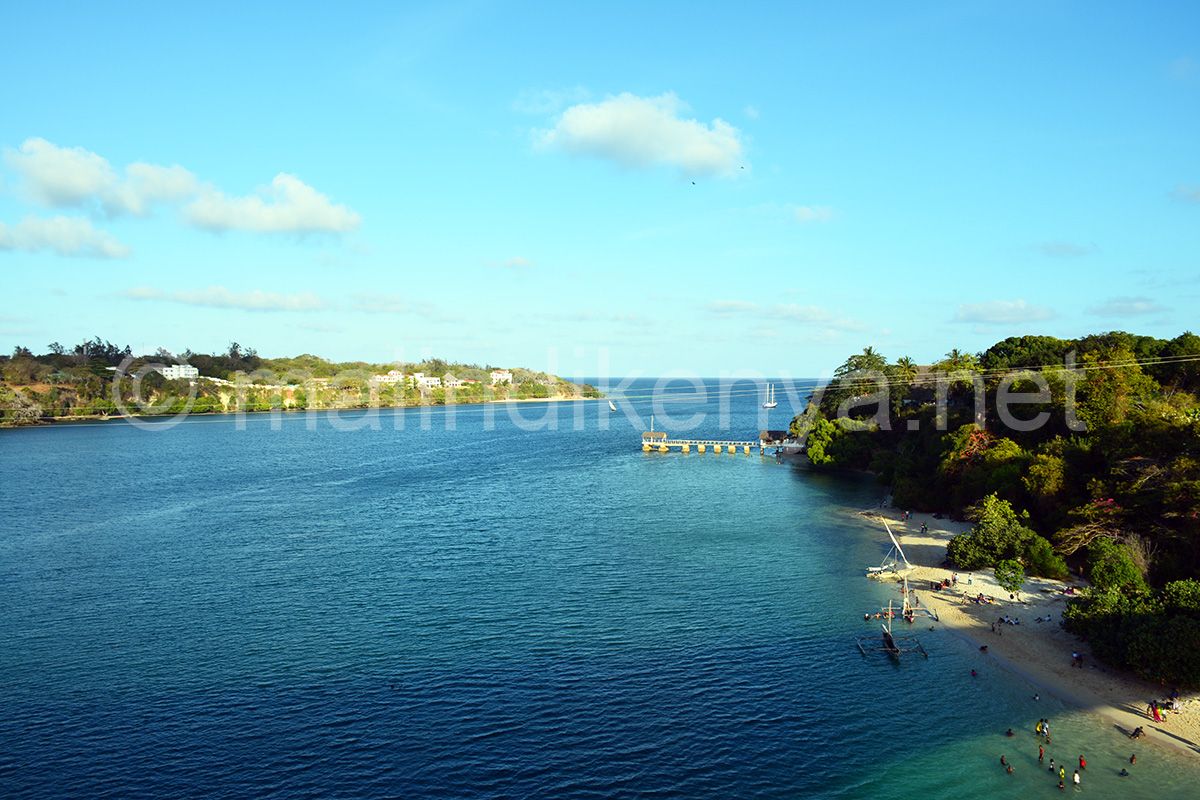
Kilifi is not only the capital of the county of the same name, which also includes Malindi, Watamu, and Mambrui, but a tourist destination in its own right that has been enjoying great popularity in recent years, particularly among young people, and also a boom in residence purchases from the domestic market as well.
The town is located at the outlet of the attractive Takaungu Creek, which meanders through the varied landscapes of Kenya's east coast. For centuries, the main town has served as a port of call from the rough waters of the sea. The town center, Mnarani, on the south side of the watershed that merges with the Indian Ocean, marks the halfway point between Mombasa and Malindi.
Mnarani has at its feet a beautiful beach bordered by rocks and the turquoise ocean. Together with Kitoka, on the north side of Takaungu Creek, they make up the settlement of Kilifi.
It was British colonialism that launched Kilifi as a tourist destination. The first yacht club on the Kenyan coast encouraged further development, attracting lovers of fishing, the sea and related sports activities. Until 1991, a ferry was required to access the inlet's resources; however, a bridge built with Japanese help and completed in 1991 improved access to Kilifi and its north coast. As a result, the hotel industry boomed and the completion of the bridge transformed the town into a crossroads and stopping point for transportation.
Although Kilifi is not known for the large resorts found elsewhere on the coast, there are many lodging options for all economic possibilities.
Kilifi's prime location also provides a convenient base if one intends to visit other coastal tourist destinations to the south, such as Vipingo, known for its golf club, one of the most spectacular in Kenya, and Mtwapa, known as "Sin City" for its vibrant nightlife.
The town of Mnarani includes the citadel ruins, dating from approximately the 15th century. Interestingly, one of Kenya's earliest ancient mosques, which dominates the village, stands firmly among baobab trees. Nearby excursion includes mangrove islands, birdwatching and the elegant Mandharini beach at the end of the creek.
The journey along the creek is a relaxing and rewarding experience, with calm waters teeming with life. Plants sprouting from the banks of the river, reefs jutting out of the water, hermit crabs bobbing along the shore, and birds skimming the water ensure constant enjoyment.
Following the shoreline of the Indian Ocean, one discovers sheltered beaches that offer opportunities for water sports, from sailing to exhilarating water skiing to wake boarding. For those looking for a space to relax, let the water wash away worries or offer scenery from a lounger under a makuti umbrella. Another enveloping experience is a visit to Kilifi Plantation, a private space of cultivation and sustainability, which has a restaurant, access to the sea and ecofriendly activities inside, such as Seedlings, the brainchild of two Italians who process baobab seeds into designer objects and, in addition to protecting it, support the circular economy that the historic thousand-year-old plant can generate.
Just around the bend is another hidden gem of Kilifi, Takaungu Bay, which once housed the 14th-century palace of the Swahili sultan, later transformed into a notorious slave market. Inland from this historic site are the sacred forests of the Giriama.
Each Mijikenda tribe has a traditional central kaya settlement, a fortified village in the forest extending from twelve acres to three square kilometers, usually built on raised ground some distance from the coast, but sometimes right by the sea.
Many of them were originally villages surrounded by dense belts of lowland tropical forest. Access to the village was limited to one or two paths through the forest, and use of the forest vegetation was limited to gathering medicinal herbs.
Cutting trees for timber, cattle grazing, and clearing farmland were strictly prohibited to maintain environmental integrity. The community used the healing nature of the forest as a refuge for prayer and healing when burdened.
Beginning in the mid-20th century, reduced threat from other ethnic groups and an increase in the Mijikenda population caused people to move away from the kaya and establish new villages. Despite this, the elders continued to live and eventually die in the forests. The Mijikenda youth maintained respect for the sacredness of these sites despite increasing Islamization, and the kaya survived as islands of indigenous vegetation while forests were cleared elsewhere along the coastal strip. The kaya are considered the abodes of ancestral spirits, although they are now sacred glades rather than fortified villages. Seven of them (Kaya Kauma, Kaya Kambe, Kaya Ribe, Kaya Rabai, Kaya Chonyi, Kaya Jibana, and Kaya Duruma) along the road from Kilifi to Mariakani are considered UNESCO World Heritage Sites, a testament to the rich cultural history now recognized internationally. Unfortunately, they are not valued by cultural tourism institutions and there is no real itinerary for those interested in visiting them.
PLACES
by redazione
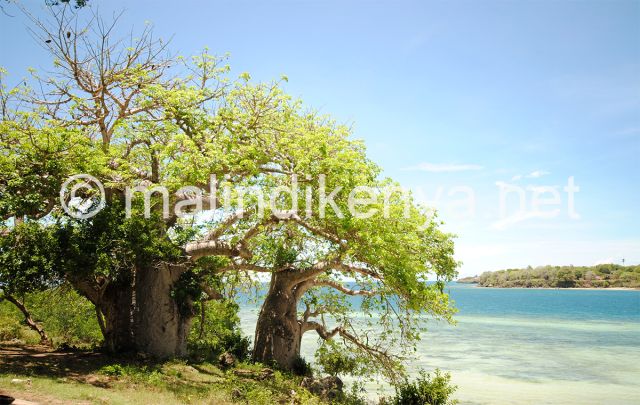
Kilifi is the capital of the county of the same name, but it was never really considered a tourist...
by Leni Frau
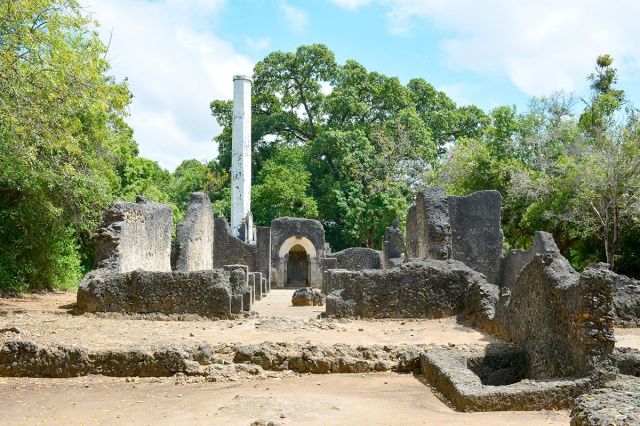
There’s an ancient story, two hundred metres from the tall bridge over Kilifi creek, along the Mombasa-Malindi highway, on the southern bank of the creek, just where the old ferry landing stage is.
On the top of the hill you...
FOREST
by Freddie del Curatolo
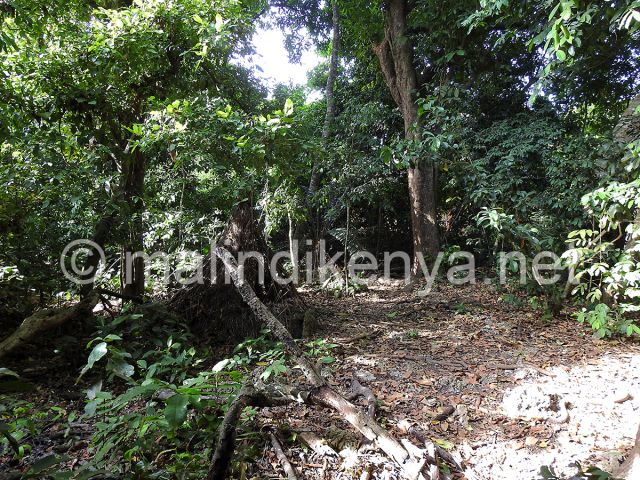
In the midst of Dante's celebrations, I found myself in a not-so-dark forest where the straight path was...
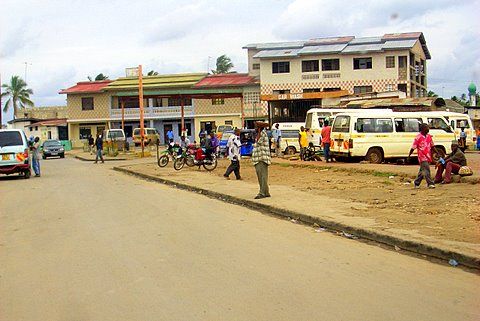
Kilifi is halfway between Mombasa and Malindi, at the outlet of an attractive creek which, for centuries, acted as a safe docking and stopping point for cargo boats. During the british colonialism, also a yacht club was created, the first...
PERSONS
by Freddie del Curatolo
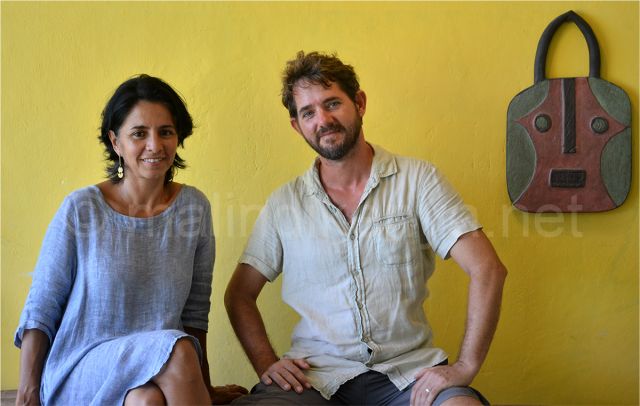
There are so many resources that Africa's most iconographic plant can boast: from the use of the seeds as a...

The one year Membership Card of "Malindi Museum Society" costs only KES. 1000, and is a way for those who gravitates to Malindi, to support the culture and subsidize those who organize exhibitions, meetings and keeps archives and historical libraries small...
EVENTS
by redazione

Today in Malindi is celebrating the popular heroin of Mijikenda Mekatili Wa Menza culture.
This is the most important traditional celebration of the Kenyan coast population. The Mijikenda ethnicity represents the nine tribes living north of Malindi to the border with...
TOURS
by redazione
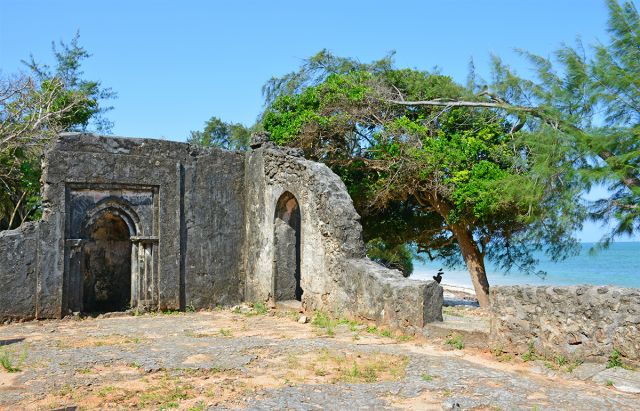
It was called "Jumba La Mtwana", where "jumba" in kiswahili means "home".
It was an Arabic citadel built in the 13th century AD on the banks of the Indian Ocean, not far from the cove of today's Mtwapa, about twenty...
NEWS
by redazione
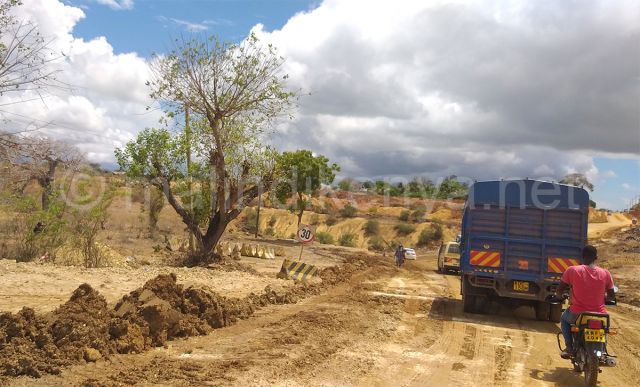
There are major works underway affecting the road system between Mombasa and Malindi. The...
EVENTS
by redazione
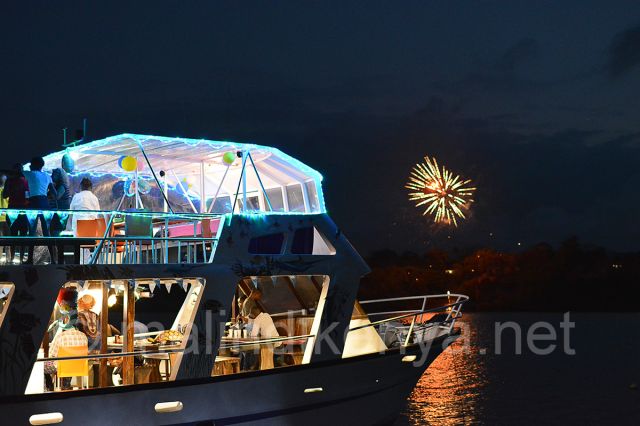
The town of Kilifi, capital of the county of the same name, which also includes Malindi and...
PLACES
by Freddie del Curatolo
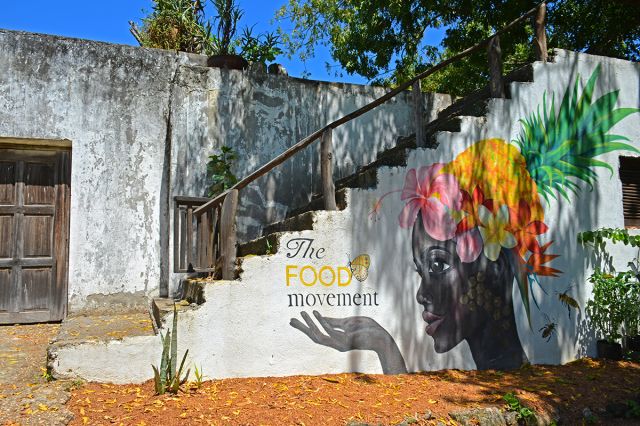
Until 30 years ago, Kilifi was the Happy Valley on the Kenyan coast.
Just...
REPORTAGE
by Freddie del Curatolo
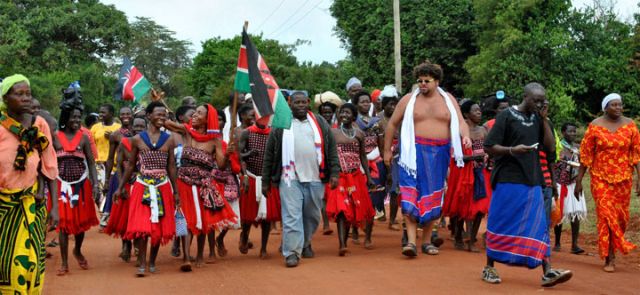
From the plateau of Jaribuni, eyes dominate the two major Kilifi inland valleys.
The green of the forests and hills which we have just left behind spoke of villages submerged between bushes and rocks prehistoric, ancient people who knew the civilization...
EVENTS
by redazione

The 2022 edition of the 7 Islands Festival tells a unique story that is already a myth for the tourist...